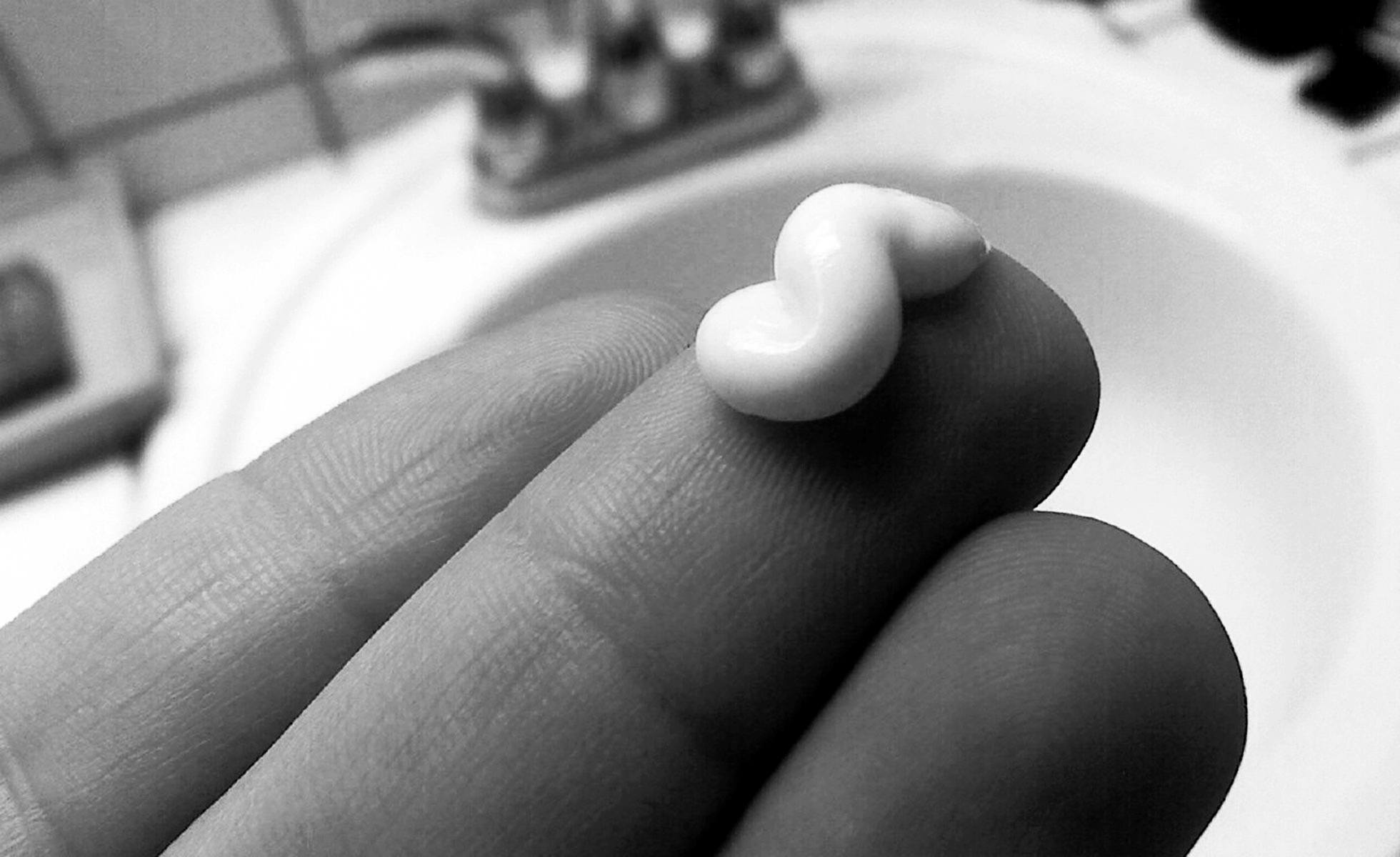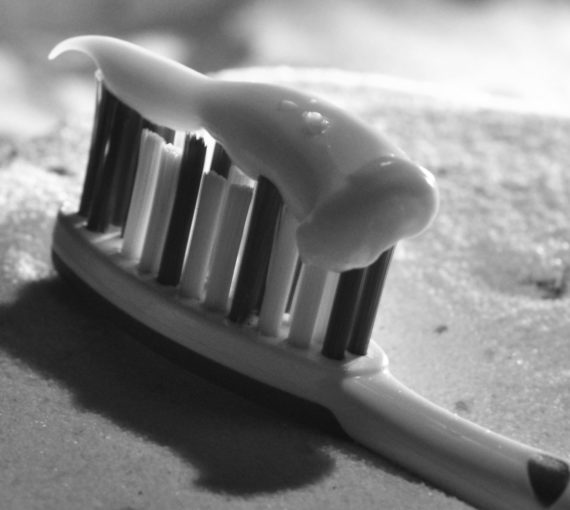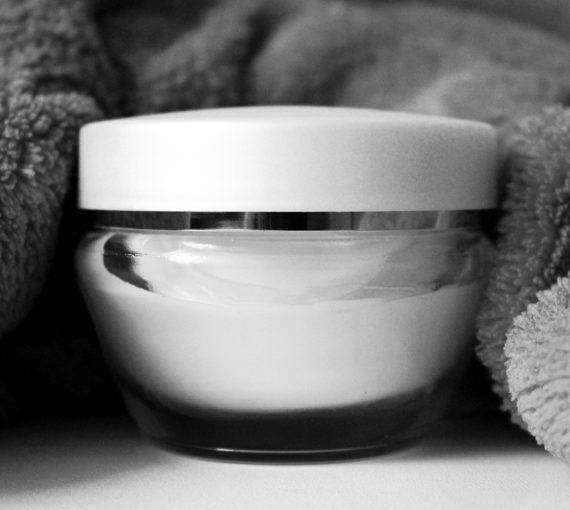Use in Cosmetics
These silicone-based compounds are used in cosmetics to soften, smooth, and moisten. They make hair products dry more quickly and deodorant creams slide on more easily. They are also used extensively in moisturizers and facial treatments. Siloxanes can also be found in medical implants, water-repelling windshield coatings, building sealants and lubricants.
Health and Environmental Hazards
Environment Canada assessments concluded that cyclotetrasiloxane and cylcopentasiloxane — also known as D4 and D5 — are toxic, persistent, and have the potential to bioaccumulate in aquatic organisms i,ii . Also, the European Union classifies D4 as a endocrine disruptor, based on evidence that it interferes with human hormone function iii , and a possible reproductive toxicant that may impair human fertility iv . In laboratory experiments, exposure to high doses of D5 has been shown to cause uterine tumours and harm to the reproductive and immune systems. D5 can also influence neurotransmitters in the nervous system v .
Structurally similar to D4 and D5, cyclohexasiloxane (or D6) is also persistent and has the potential to bioaccumulate. Environment Canada’s assessment of D6 concluded that this third siloxane is not entering the environment in a quantity or concentration that endangers human health or the environment, but noted significant data gaps concerning its toxicity vi.
Cyclomethicone is a mixture of D4, D5, and D6 siloxanes.
Regulatory Status
January 2009, Environment Canada and Health Canada proposed to add D4 and D5 siloxanes to the List of Toxic Substances pursuant to the Canadian Environmental Protection Act, 1999 (CEPA), and to develop regulations “to limit the quantity or concentration of D4 and D5 in certain personal care products.” vii In addition, under CEPA, anyone proposing a “significant new activity” involving siloxanes must notify the Minister of the Environment. However, there are currently no restrictions on these ingredients in cosmetics.
Related Ingredients
Polydimethylsiloxane (PDMS) silicone polymers are produced from D4 and contain residual amounts of D4 and D5. Dimethicone is a common PDMS ingredient in cosmetics.
i Environment Canada and Health Canada. _Screening Assessment for the Challenge
Octamethylcyclotetrasiloxane (D4)_. November 2008. https://www.ec.gc.ca/substances/ese/eng/challenge/batch2/batch2_556-67-2.cfm
ii Environment Canada and Health Canada. Screening Assessment for the Challenge: Decamethylcyclopentasiloxane (D5). November 2008. https://www.ec.gc.ca/substances/ese/eng/challenge/batch2/batch2_541-02-6.cfm
iii DHI Water and Environment. Study on Enhancing the Endocrine Disrupter Priority List with a Focus on Low Production Volume Chemicals. Revised Report to DG Environment. Hersholm, Denmark: DHI, 2007. https://ec.europa.eu/environment/endocrine/documents/final_report_2007.pdf
iv European Commission. Regulation (EC) 1272/2008 , Annex VI, Table 3.2. Sep 2009. https://ecb.jrc.ec.europa.eu/classification-labelling/
v California. Office of Environmental Health Hazard Assessment. Cyloxanes. Materials for the December 4-5, 2008, Meeting of the California Environmental Contaminant Biomonitoring Program Scientific Guidance Panel. https://oehha.ca.gov/multimedia/biomon/pdf/1208cyclosiloxanes.pdf
vi Environment Canada and Health Canada. Screening Assessment for the Challenge: Dodecamethylcyclohexasiloxane (D6). November 2008. https://www.ec.gc.ca/substances/ese/eng/challenge/batch2/batch2_540-97-6.cfm
vii Environment Canada and Health Canada. Proposed Risk Management Approach for Cyclotetrasiloxane, cotamethyl- (D4) and Cyclopentasiloxane, decamethyl- (D5). Jan 2009. https://www.ec.gc.ca/substances/ese/eng/challenge/batch2/batch2_541-02-6_rm.cfm




